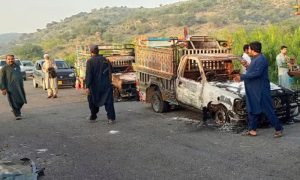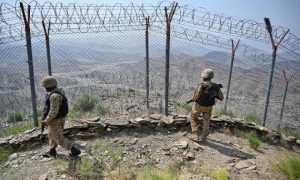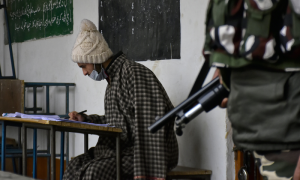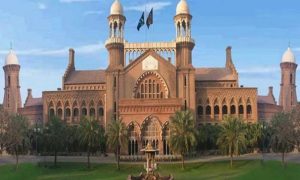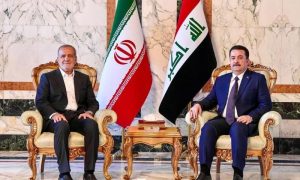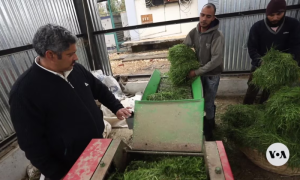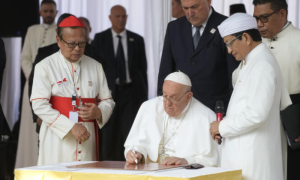Growing public concerns about the unbearable economic burden merit a serious response from the government side. Rapid economic downslide during the past 3 years is the obvious outcome of political discord. However, worsening economic conditions cannot be attributed entirely to the unpleasant political developments amid a vote of no confidence in 2022.
The combination of flawed policies and prolonged inaction on economic grey areas is the root cause of the current economic turmoil. This is also true that post-vote of no-confidence political chaos deeply jolted the fragile economy. The misplaced confrontational strategy of the former ruling party played a key role in perpetuating the chaos which subsequently proved detrimental to the foreign direct investments.
Unfortunately, rhetoric about financial default dominated the recovery efforts made by the PDM government. Consequently, devaluation of currency and surging inflation kept adding to the financial hardships of the common masses. Despite securing the IMF program and averting the default threat, the government has not yet been able to bring economic stability to the desired level. As far as the IMF program is concerned almost all economic experts opine that such financial managements reflect the compulsions of borrowers.
After the general elections in February, the present ruling regime has expressed a strong resolve to put the economy back on track. The Finance Minister made a heartening claim that the government intends to get out of the IMF program after securing the current package. It is by all means an uphill challenge under a prevailing unfavorable environment. However, it is not an impossible task as well.
Governor State Bank’s recent briefing to the standing committee of finance in the national assembly was not all about worrisome aspects rather it highlighted some encouraging positive economic indicators as well. Pakistan has to repay US $26 billion 20 crores during the current fiscal year. A good part of the debt story is the solid homework of the finance ministry regarding timely clearance. This complex arrangement includes the rollover of over 12 billion dollar loans as well.
Debt rollover might not be an ideal arrangement but it also reflects the trust of the donor countries in the repayment capacity of the borrower. Enhanced reliance on imported goods has always been a big reason behind the growing current account deficit. Governor State Bank informed the committee that the current account deficit was brought down to 0.2%. This much-needed cut became possible due to the reduction of the oil import bill from $2.5 billion to $1 billion 40 crores.
According to the statistics of the State Bank, exports and inflow of foreign remittances have increased as compared to previous months. These positive indicators, though small, reflect the government has adopted the right course. Obviously, uninterrupted dedicated efforts are needed to convert these small indicators into effective scheme of durable financial stability. Current fragile economic conditions cannot sustain unexpected economic jolts.
Governor State Bank has predicted a possible rise of wheat prices in coming winters as a result of a few budget policies. This is the right time for the government to take requisite measures to avert the artificial wheat price crisis. Laxity on this particular aspect may damage the government’s plan to restrict inflation at 11% during the current fiscal year.
The finance minister, like his many predecessors, has rightly identified the holes in the text collection system. Uphill tax collection targets set in the budget seem almost unachievable once assessed in relation to the existing potential of FBR. Over-reliance on foreign debts is primarily an emergency measure to cover up the deficiency of indigenous resources. Like many stable economies of the world, Pakistan desperately needs to enhance the export of indigenously produced commodities and tax collections. Prolonged negligence on these fundamental aspects has significantly damaged the potential for economic growth.
Industrialization is one such long-term remedy which can revive the sick economy with numerous allied benefits. Reduction in import bill, creation of job opportunities, higher inflow of foreign remittances and better GDP growth are achievable targets. The tough part of the revival course depends upon the strength of the government’s political will. All stakeholders should take realistic notice of propagation revolving around the economic crisis and internal stability of Pakistan. Indian media outlets made specific attempts to portray Pakistan as a failed state amid the poly-crisis in post a confidence context.
No rocket science is needed to comprehend the real intent behind the India sponsored terrorism in KP and Balochistan provinces. Terrorist attacks launched by religiously inspired outfits and ethnic separatist groups are specifically aimed at hindering development and economic growth. Political polarization, misplaced confrontation and rhetoric-based incitement of youth for violent insurrection are the recipe of absolute disorder.
The nation is seeking economic relief, end of inflation, termination of terrorist groups and restoration of socio-political normalcy. Pakistan is a land full of opportunities where the revival of economic and political stability should be taken as a shared responsibility by all political stakeholders and state institutions. A positive approach and strong political will is needed to take the country out of the current quagmire.













